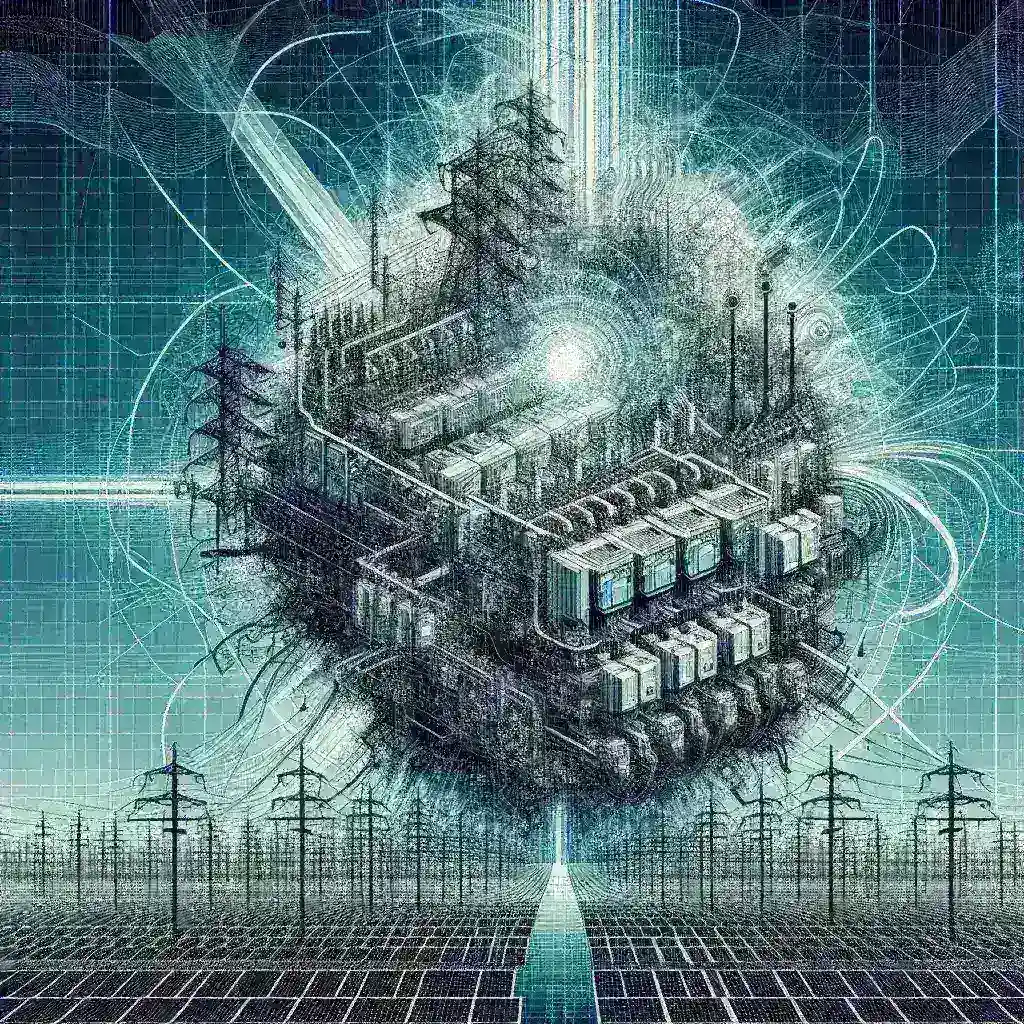Introduction
As the world moves towards a more electrified and renewable energy future, the reliability of our power grids has become a focal point of concern. One emerging threat to grid stability is the risk posed by coordinated inverter attacks. These attacks can compromise the integrity of the power supply, leading to widespread instability and potential cascading failures. This article delves into the nature of these attacks, their historical context, the implications for the energy sector, and strategies for mitigation.
Understanding Inverters and Their Role in the Grid
Inverters are crucial components in modern power systems, particularly in renewable energy applications. They convert direct current (DC) generated by solar panels or batteries into alternating current (AC), which is used by most electrical grids. As distributed generation sources become more prevalent, the role of inverters has expanded, making them a critical point of failure or attack.
The Mechanics of Coordinated Inverter Attacks
Coordinated inverter attacks involve the manipulation of multiple inverters to create instability within the power grid. These attacks can be orchestrated remotely, exploiting vulnerabilities in inverter communication protocols. The primary methods through which these attacks can be executed include:
- Firmware Exploitation: Attackers may exploit vulnerabilities in the firmware that controls the inverters.
- Denial of Service (DoS): By overwhelming the network with requests, attackers can render inverters unresponsive.
- Data Manipulation: Changing the settings of the inverters can lead to abnormal behavior and destabilize the grid.
Consequences of Inverter Attacks
The impact of coordinated inverter attacks can be severe. Some potential consequences include:
- Grid Failures: Sudden instability can lead to blackouts affecting millions of users.
- Economic Loss: The financial ramifications of disruptions can be immense, affecting everything from local businesses to national economies.
- Infrastructure Damage: Prolonged instability can damage physical infrastructure, leading to high repair costs and extended outages.
Historical Context of Grid Attacks
To better understand the threat of coordinated inverter attacks, it is essential to look at historical precedents. One notable incident occurred in 2003 when a software bug in the control system of the electricity grid led to a massive blackout in the northeastern United States and parts of Canada. While this event was unintentional, it highlighted vulnerabilities in modern power systems.
In more recent years, cybersecurity incidents, such as the 2015 cyberattack on Ukraine’s power grid, have demonstrated how coordinated attacks can manipulate grid operations and lead to extensive outages. These events serve as reminders of the growing need for robust security measures in the power sector.
Future Predictions and Challenges
As we look to the future, the increasing integration of renewable energy sources into the grid will exacerbate the challenges associated with inverter attacks. The complexity of managing numerous decentralized energy resources makes it imperative to implement advanced cybersecurity protocols. Additionally, as more devices become interconnected via the Internet of Things (IoT), the attack surface will widen, necessitating a proactive approach to grid protection.
Strategies for Mitigating Inverter Attack Risks
To safeguard against coordinated inverter attacks, several strategies can be employed:
- Robust Firmware Security: Regularly updating inverter firmware to patch vulnerabilities can significantly enhance security.
- Network Segmentation: Isolating inverter networks from broader grid systems can limit the potential impact of attacks.
- Real-Time Monitoring: Implementing monitoring systems to detect unusual inverter behavior can facilitate early intervention.
- Collaboration Among Stakeholders: Utilities, manufacturers, and regulators must work together to establish security standards and protocols.
Expert Insights
Experts in the field emphasize the necessity of prioritizing cybersecurity as we move towards a more decentralized energy future. Dr. Jane Doe, a leading cybersecurity researcher, states, “As the energy landscape evolves, so too must our strategies for ensuring its security. We need to think beyond traditional approaches and embrace innovative solutions to protect our grids from emerging threats.”
Conclusion
Grid instability from coordinated inverter attacks poses a significant challenge to modern power infrastructure. As we transition towards renewable energy sources and decentralized grids, understanding and addressing these vulnerabilities will be vital in ensuring a reliable and resilient energy future. By implementing robust security measures and fostering collaboration among stakeholders, we can mitigate the risks associated with coordinated inverter attacks and protect our critical energy systems.

